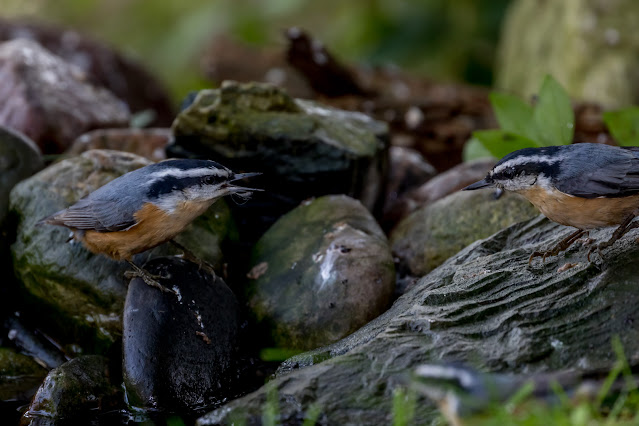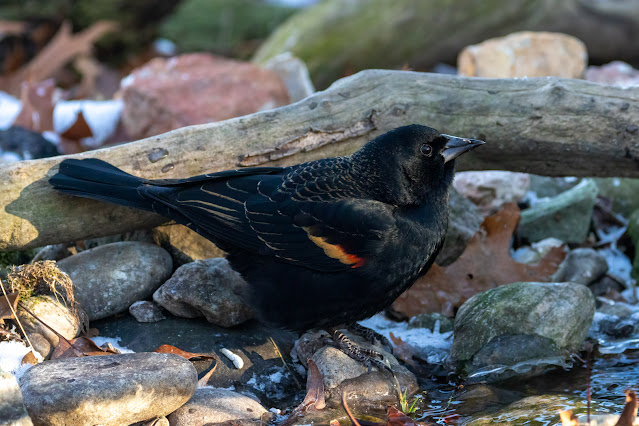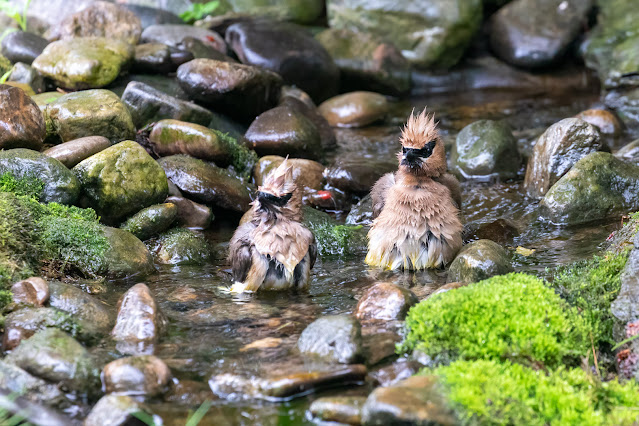Hermit thrush

Hermit thrush at the water feature, Rondeau Provincial Park, Ontario, Canada, Jan 30, 2022. Through the Wonderful Wildlfe Window. An unusual visitor in the dead of winter. Catharus guttatus East of the Rocky Mountains the Hermit Thrush usually nests on the ground. In the West, it is more likely to nest in trees. source- Cornell Lab of Ornithology.












